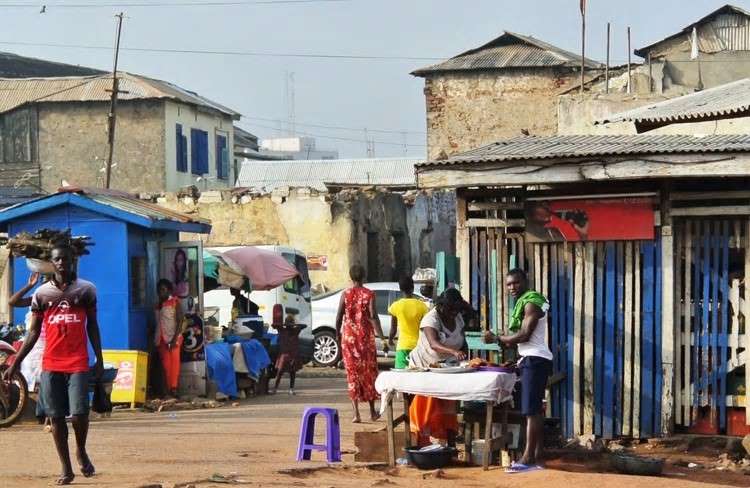New Report Says There Is An Inequality Crisis In West Africa – And The Numbers Are Pretty Disturbing

Oxfam and Development Finance has released a new report which assesses the state of the urban population compared to those who live in rural areas. Titled West Africa Inequality Crises, the report says that what one of the richest men in Ghana earns in a month will take one of the poorest women 1000 years to earn.
According to the report, 88 percent of the urban population are connected to the national grid, while just 48.3 of the rural population are. It added that despite the amount of wealth held in the West African country between 2007 and 2017, much of it was to the benefits of only a selected few, while it’s been hidden away offshore and untaxed.
“While a few have grown super-rich, nearly one million people, mostly in the Savannah Region of the country, were pushed into the poverty pool over that period, and thousands of those who were already poor sank even deeper into poverty.”
Inequalities between rural and urban populations are particularly noticeable in West Africa, and there are many reasons so. Chief amongst them is the fact that while the rich are investing almost a larger bulk of their money in getting returns, the poor are focused on attending to their primary needs. Agreeably, the poor use their money to buy the things that make the rich people richer.
The report also reveals that the inequality that abounds in the wealth space does not only create a divide between the rich and the poor, but also had a strong gender dimension.
Well, given the fact that it is pretty much common knowledge that Africa’s business scene is a male-dominated affair, no one will really be surprised that only 60 of the 1000 new USD millionaires added to Ghana’s list the decade which ended in 2016 were women.
In the same way, Ghanaian men own 62 percent of household places of residence as well as 62 percent of household agricultural land, while just 37 percent of owners of real estate property are female.
“West Africa is the most male-dominated region in Africa in terms of participation in the labor market. The gap is widest in Mauritania, where only 31 percent of women of working age compared to 67.7 percent of men are in paid work.
In Benin, it is 45 percent female and 69.9 percent male. Ghana’s labor market is the most inclusive in the sub-region with 74.8 percent women, 79.2 percent men,” the report notes.
Adama Coulibaly, the Regional Director of Oxfam in West Africa, described the incidence of growing inequalities in West Africa as unacceptable.
“This index reveals that West African governments are exacerbating inequality by underfunding public services, such as healthcare and education.
It also shows that ECOWAS governments are underfunding the agriculture sector on the one hand, while under-taxing corporations and the wealthy, and failing to clamp down on tax evasion, tax avoidance, and corruption, on the other. This is unacceptable,” she lamented in a statement.
On recommendations, the report stressed that West African governments and ECOWAS need to develop national plans as well as a regional plan to help reduce the gap between rich and poor, with clear and time-bound targets.
“These plans must also ensure that national income and consumption data are regularly updated and made publicly available so that inequality levels can be monitored.”